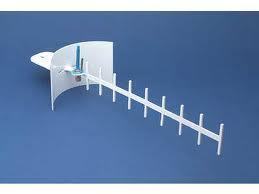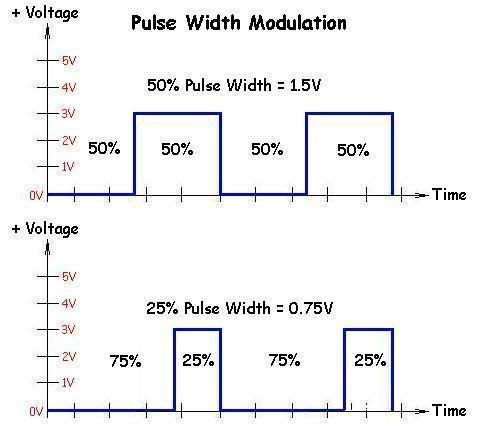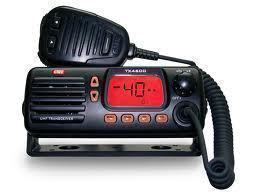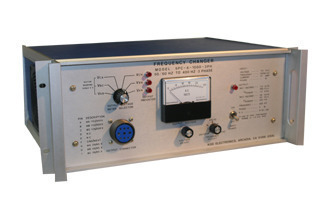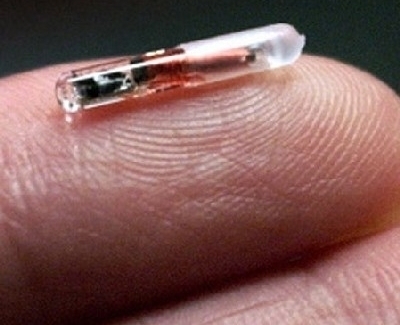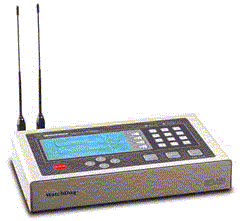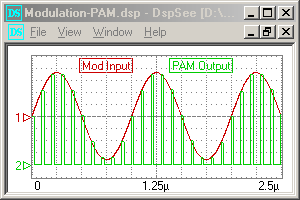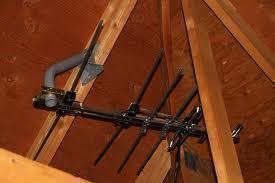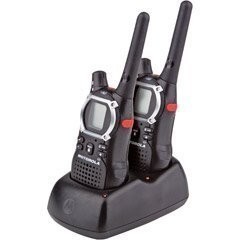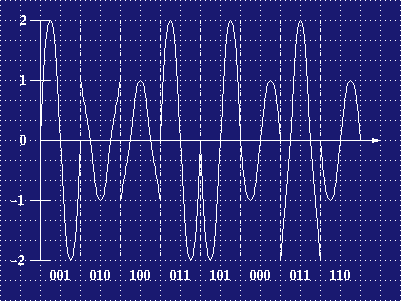Yagi Antenna
Yagi Antennas are one of the most well-known directional antennas in use throughout the world and are used for communications in the medium range of three to five miles between two points. They can also be used as a bridge antenna to connect clients to an access point. The original inventors of the antenna design …

